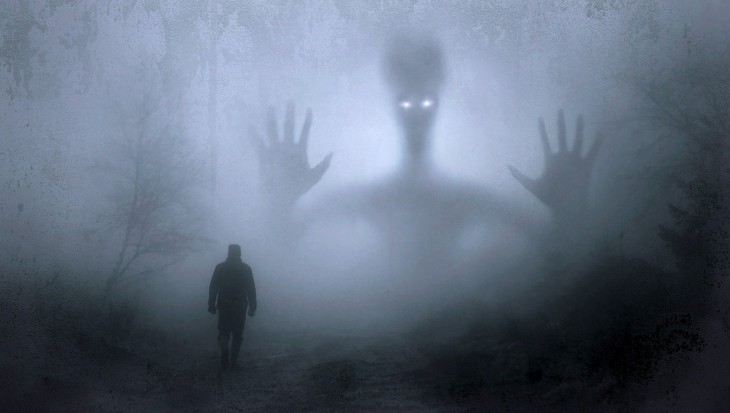Fantasia 2020, Part VII: The Curse of Audrey Earnshaw
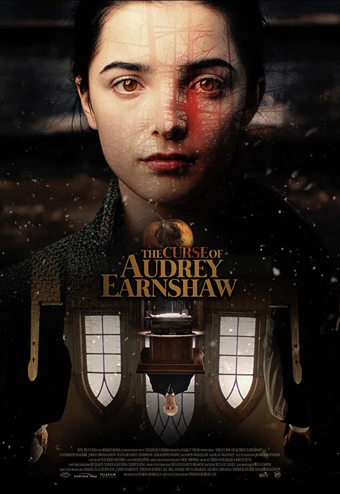 Day four of Fantasia was another quiet one for me, with a single movie on my docket. First, though, came a panel discussion with some of the editors of Rue Morgue magazine. Rue Morgue’s been covering horror and related fields since the late 1990s, and it continues to exist as a print publication even while maintaining a strong web presence. A wide-ranging discussion anchored by Executive Editor Andrea Subissati dealt with, among other things, the challenges of keeping the magazine going, how to start writing for Rue Morgue and in general, and the practicalities of publishing. You can find it here.
Day four of Fantasia was another quiet one for me, with a single movie on my docket. First, though, came a panel discussion with some of the editors of Rue Morgue magazine. Rue Morgue’s been covering horror and related fields since the late 1990s, and it continues to exist as a print publication even while maintaining a strong web presence. A wide-ranging discussion anchored by Executive Editor Andrea Subissati dealt with, among other things, the challenges of keeping the magazine going, how to start writing for Rue Morgue and in general, and the practicalities of publishing. You can find it here.
Not too long after that I watched The Curse of Audrey Earnshaw, written and directed by Thomas Robert Lee. It’s a solid occult horror film with an original setting, but I found it frustrating as well. While it’s a good movie, the sort of thing that’d make for fine Halloween viewing, I thought a few things done a little differently could have made it truly outstanding.
It opens with an extensive text crawl explaining backstory. In 1873 a group of immigrants from Ireland settled in North America, and maintained the traditions of their era as the world changed around them. In 1956 a curse settled on their lands, at the same time as a woman named Agatha Earnshaw (Catherine Walker) secretly bore a child she named Audrey. It’s now 1973; Agatha’s kept now-17-year-old Audrey (Jessica Reynolds) hidden from the community all her life, but Audrey’s begun to develop strange powers, while the rest of the people continue to struggle with their barren fields.
The movie opens with Audrey, hidden in a box, watching her mother be accosted by townspeople. A young couple’s just seen their boy die, and the father, Colm (Jared Abrahamson), takes out his grief on Audrey, a figure of suspicion because her farm is the only one in the area consistently producing healthy crops. He threatens her, pushes her, and threatens to take her goods before his father, Seamus, the priest of the village, steps in and calms things down. Audrey decides to seek revenge on Colm, and on everyone else who mistreats her and her mother, a quest that threatens the destruction not only of Colm and his wife Bridget (Hannah Emily Anderson) but of the rest of their community as well.
The first thing to be said about this film is that it looks spectacular. Wide vistas show nature in late autumn, dark and barren. The lighting’s spectacular, using what looks like rich natural light, and the muted muted colour palette builds a strong atmosphere. Costumes and props immerse the viewer in the not-quite-Victorian world of the community.
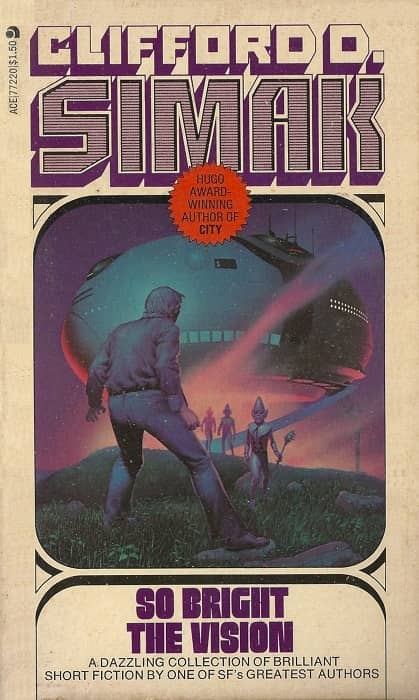
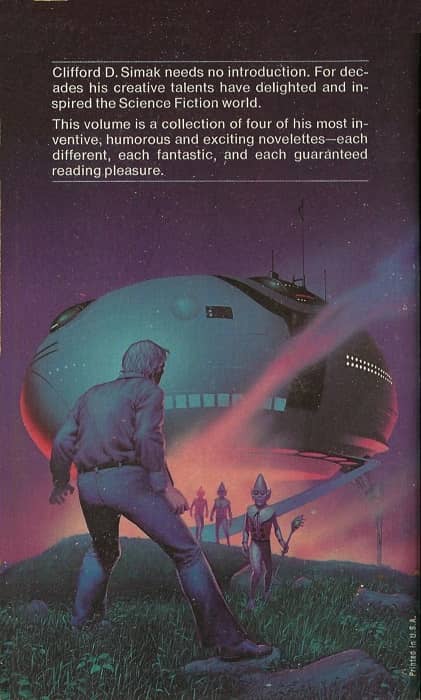
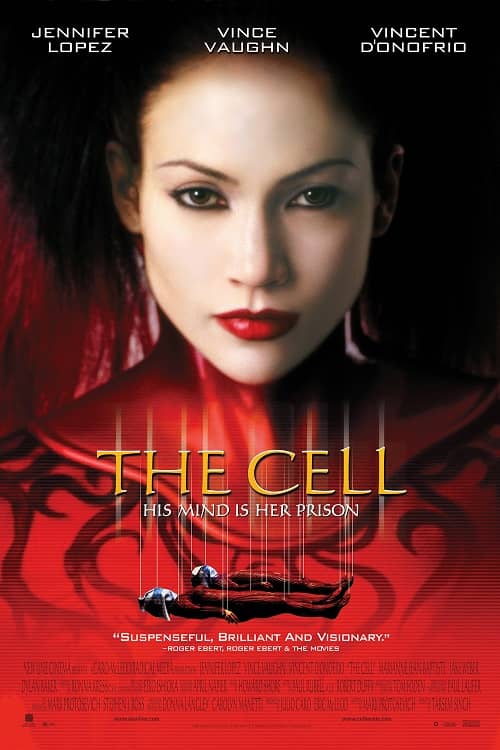
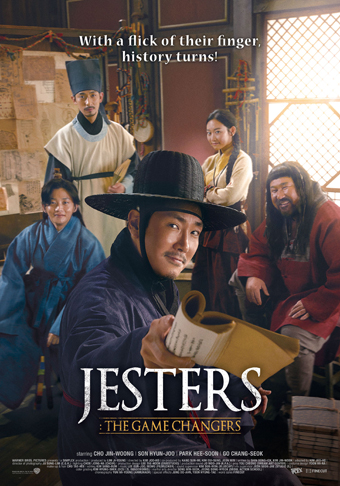
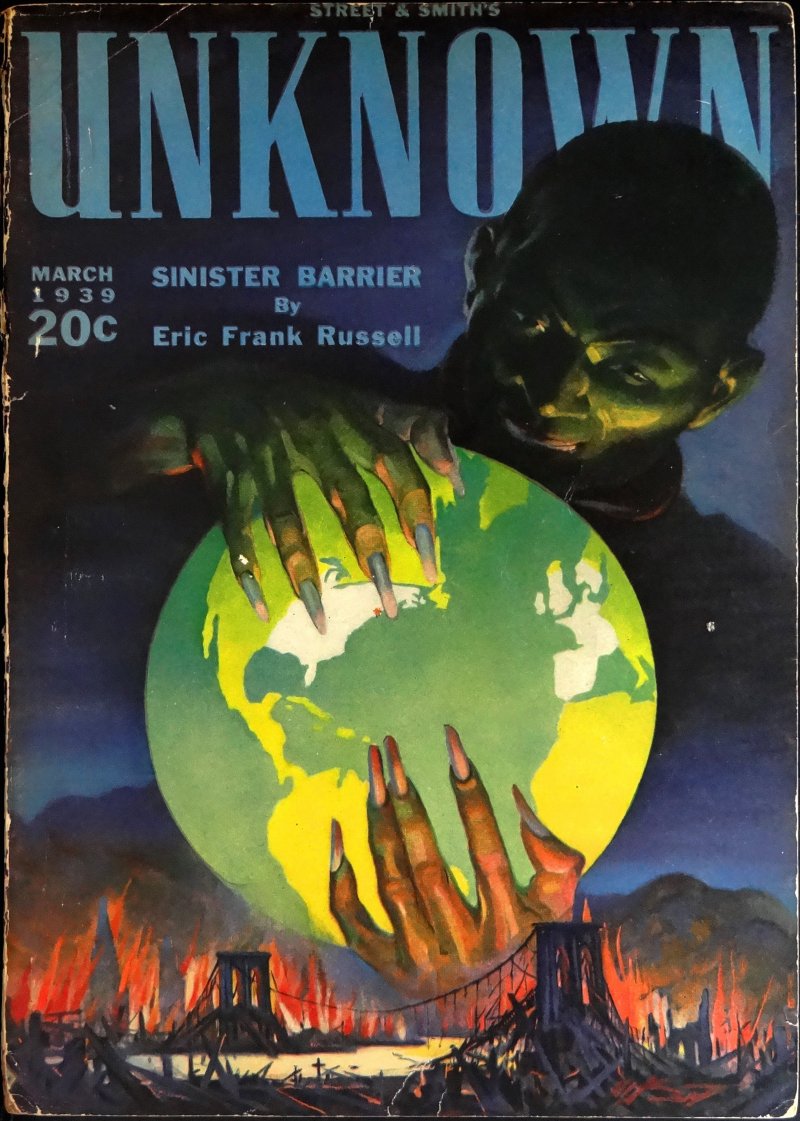
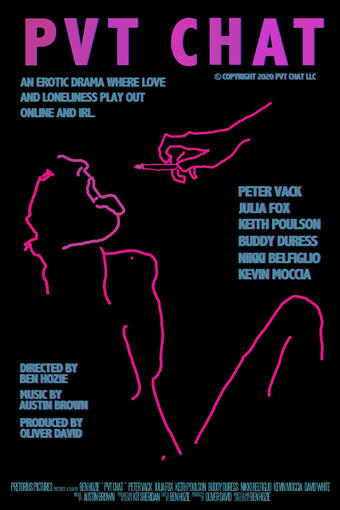 One of the new wrinkles to Fantasia this year is the existence of a Discord where filmmakers and critics and audiences can chat with each other about the movies playing the festival. It’s already proved quite useful to me, as seeing other people discussing films has helped draw my attention to a few titles I’d originally dismissed as uninteresting or out of step with this web site’s focus. A case in point was the movie I watched late on Fantasia’s second day, writer-director Ben Hozie’s PVT Chat.
One of the new wrinkles to Fantasia this year is the existence of a Discord where filmmakers and critics and audiences can chat with each other about the movies playing the festival. It’s already proved quite useful to me, as seeing other people discussing films has helped draw my attention to a few titles I’d originally dismissed as uninteresting or out of step with this web site’s focus. A case in point was the movie I watched late on Fantasia’s second day, writer-director Ben Hozie’s PVT Chat. 
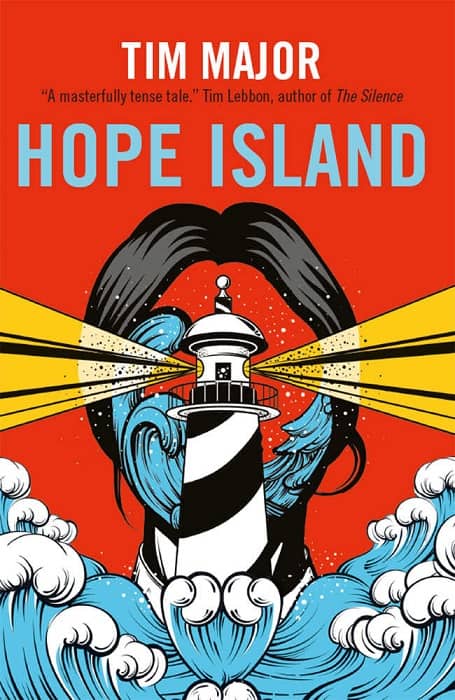
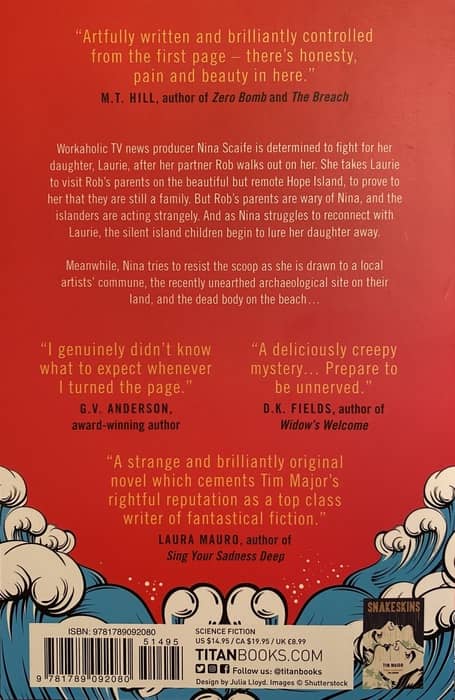
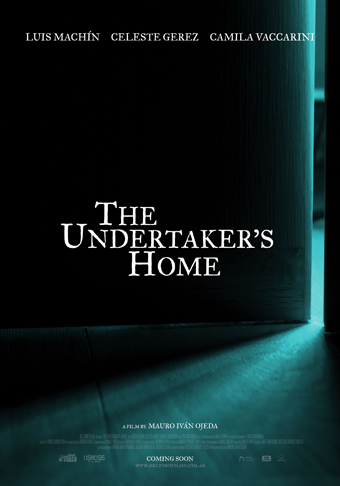 As part of the unusual nature of this year’s Fantasia, the festival organisers set up many more non-film special events than usual. Each day boasts a presentation, panel discussion, or other streamed activity, all of them to be archived on the festival’s YouTube page (in fact the organisers have just announced they’ll host
As part of the unusual nature of this year’s Fantasia, the festival organisers set up many more non-film special events than usual. Each day boasts a presentation, panel discussion, or other streamed activity, all of them to be archived on the festival’s YouTube page (in fact the organisers have just announced they’ll host 